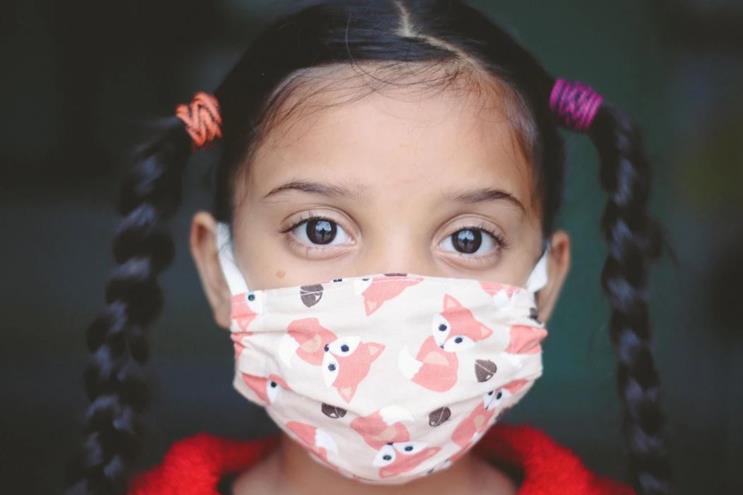Even as COVID-19 vaccines keep rolling out in the millions, the fearmongering of the American media continues unabated.
A recent CNN article instructs parents on “What to do if you’re vaccinated but your kids aren’t.” While the Pfizer vaccine is authorized for people 16 and older, the other vaccines are only approved for those 18 and up, and younger children may have to wait another year until vaccination is possible.
What to do when little Jimmy wants to see his friends? How on earth can children potentially infected with a virus play together?
CNN Medical Analyst Dr. Leana Wen states that if three or more families with unvaccinated children want to get together they should either quarantine for a week and get tested, or quarantine 14 days before any play date. “What this means is no other gatherings, especially indoors, during this period,” writes Wen.
As for playdates even between just two families with unvaccinated kids:
For now, while the United States has a high baseline level of coronavirus circulating, it’s best for families with any unvaccinated individuals to see one another outdoors only, with members of different families spaced 6 feet apart. If children are playing together and can’t always abide by 6-foot distancing, they should be wearing masks.
Oh joy. What fun.
The article’s author Katia Hetter keeps asking specific questions of Dr. Wen—What about traveling? What about restaurants? What about seeing Grandpa?—and these questions are answered with an oft-repeated refrain. This refrain ought to be the better part of government policy, but instead has been almost universally rejected by state governors and federal officials for most of the pandemic:
I think it’s important to clarify that there’s virtually nothing that’s 100% safe. Everything is about understanding the relative risk and then trying to gauge the risk and manage it for each family.
A further clarification to Wen’s statement is that nothing about anything is 100 percent safe. Life is a terminal condition after all, and it is the responsibility of every individual to decide what risks they are willing to take and which they would rather avoid.
For some people, their highest priority is ensuring they endure for as long as possible. Others are far more concerned with actually being able to live life normally.
Parents should be managing their children’s risk factors responsibly, but not neurotically, and certainly not by simply following whatever Dr. Wen or Dr. Anthony Fauci tell them to do. They should determine for themselves what acceptable risk is, and how much they are willing to limit their children’s social and educational development to avoid even the slightest chance of contracting COVID-19.
In that regard, some context may help:
According to the CDC, children between zero and 13 are in the age group which consistently registers the lowest number of COVID cases per 100,000 persons. Teenagers aged 14-17 have the second lowest infection rate.
The CDC also reports that as of March 24, American children ages zero to 17 have suffered just 238 deaths involving COVID-19. For 18-29-year-olds, who have the next lowest COVID mortality count, there have been 1,916 deaths, eight times that of children.
Children age zero to 17 make up 0.05 percent of all COVID-19 related deaths, but 0.95 percent of all deaths. Their share of all deaths is 19 times that of their share of COVID-related deaths. Maybe our worrying priorities could be better directed after all?
Meanwhile, while there is just one COVID-19 death per million for children age five to 14, there are 9.4 suicides and 4.7 homicides per million.
In light of this, perhaps we should take a University of Michigan report more seriously when it notes that 46 percent of parents have noticed “a new or worsening mental health condition for their teen since the start of the pandemic.”
Slightly more than half of parents tried relaxing family COVID-19 rules “to allow their teen to have more contact with friends” in hopes of decreasing such negative thoughts. Over 80 percent of parents who tried this approach say it helped their teens.
Everything in life is a case in risk management. From the jobs we take, to the travel plans we make, to the people we associate with, each choice has potential benefits and consequences. In order to live a meaningful life free from the paralysis of fear, we must all weigh risks and benefits against each other.
COVID-19 does not seem to be the biggest threat looming over the heads of small children. If your decision-making process for your children’s lives is not heavily informed by information concerning their potential deaths in transportation accidents or by cancer, suicide, homicide, or heart disease, then their potential death from COVID-19 should not be anywhere close to the most important of your considerations.
Let the kids play.
Image Credit:
Pixabay

Leave a Reply